Try electric travel, which is more fun, BYD Sealion 7 or Xpeng G6?
 MichaelDec 12, 2024, 12:41 PM
MichaelDec 12, 2024, 12:41 PM
It's not about saving some fuel costs, but forced by a curious heart to try out the driving experience and smart technologies of electric vehicles.
Unlike our old acquaintants Proton, Perodua, and Toyota, BYD Sealion 7 and Xpeng G6 are totally strange to us.
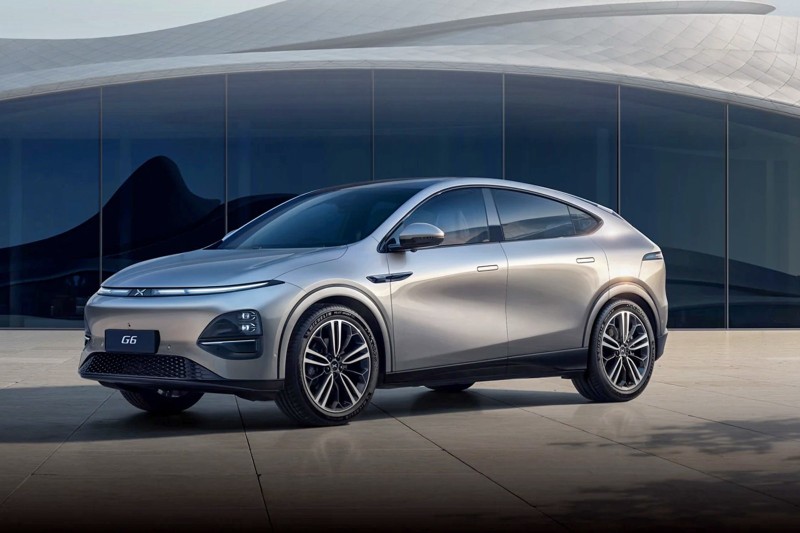

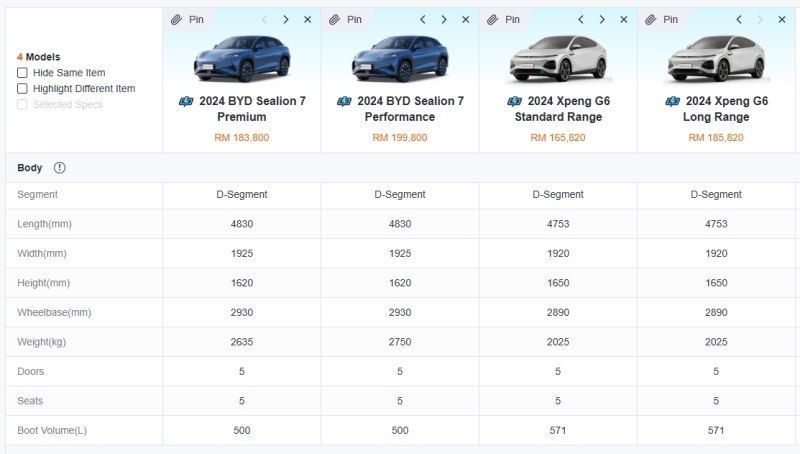
But there's still a way for us to know their stories well. The history of the producers will tell. It is true for Proton and Perodua. So do electric car manufacturers.
Sealion 7 is a model of BYD, a traditional car manufacturer. BYD started its journey in batteries and its development is almost inseparable from the battery industry, making it a pragmatic car manufacturer. Its biggest advantage is the price. It doesn't mean as cheap as Perodua, but a relativel affordable price compared to its counterparts. No to mention BYD's frequent discount.
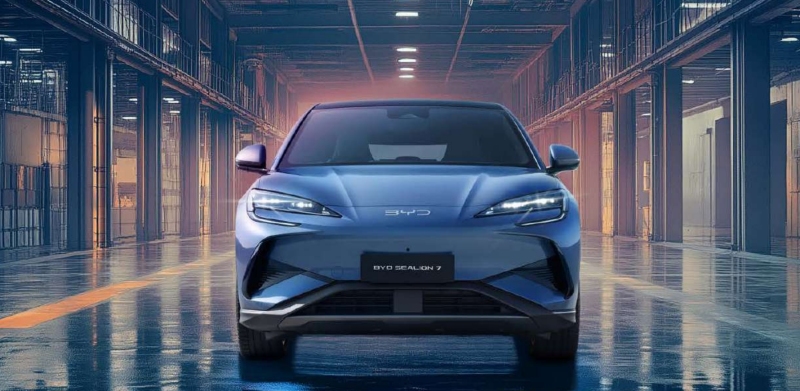
G6 comes from Xpeng, a new brand. In terms of the history of the automotive industry, Xpeng can even be said to be a baby, too young. On the other hand, there are benefits, if you're tired of the traditional car styling design, Xpeng will surprise you, like Tesla, and Xpeng also focuses on the sense of technology, intelligent driving is the biggest feature of this company.
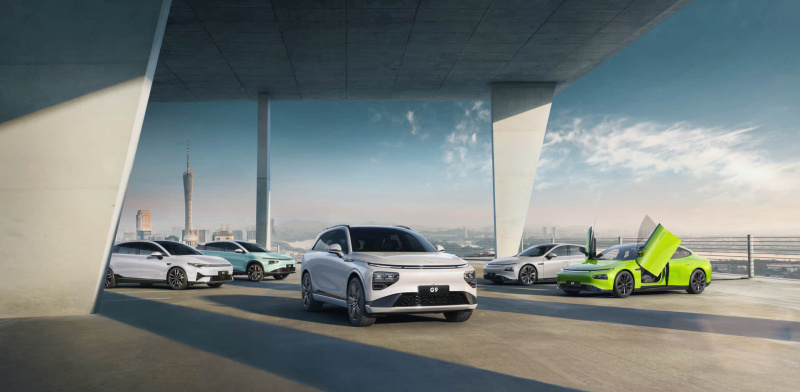
Therefore, compared to Xpeng G6, Sealion 7 looks more traditional in appearance. G6 has a long daytime running light on the front, which is very futuristic. Driving G6 with friends will surly spark more conversations.

That's not to say Sealion 7 isn't sci-fi, but it's the advantage of G6! If you can't accept a car product goes too far in sci-fi, then Sealion 7 is a reliable decision.
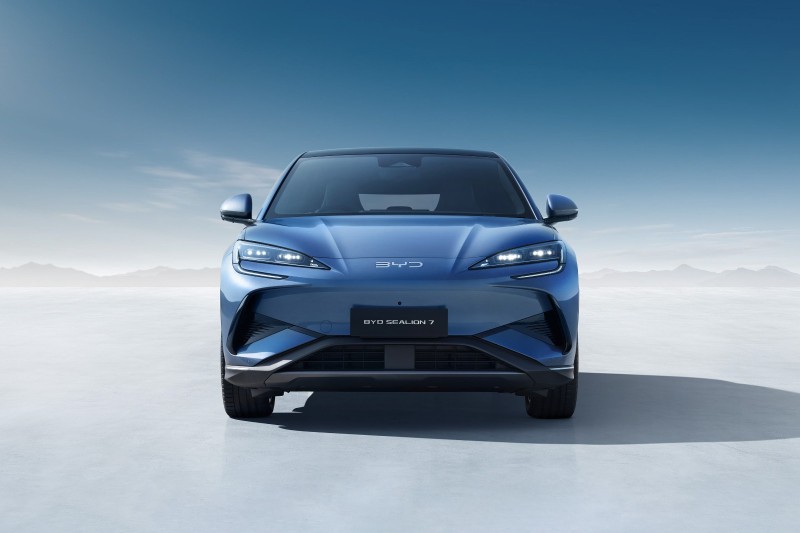
As a traditional manufacturer, BYD has been making fuel cars for a long time. Therefore, apart from the 15.6-inch center control screen, the rest interior design of Sealion 7 is quite similar to that of the conventional fuel vehicle. But in terms of texture, it overmatches Toyota.
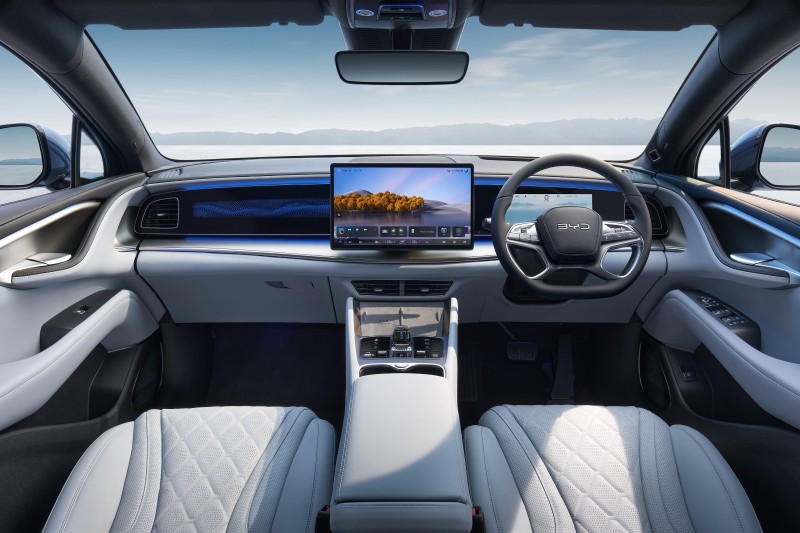
Interestingly, the 15.6-inch screen in Sealion 7 can rotate 90°, switching from landscape to portrait mode. I can't clearly tell the deisgn purpose, but… it's just pretty cool.
In G6, there's also a very large screen on the central control panel, approximately 14.9 inches in size, but it doesn't rotate like that of Sealion 7. The interior style of G6 is relatively simple, and the interface displayed on the control screen also follows the same design, enabling smooth operation, which is attributed to a Snapdragon 8155 chip. By the way, the 8155 chip is not yet available on Sealion 7.

Although the interior looks simple, in fact, G6 offers more comfort-related fucntions than expected. The rear seats have heating functions while the front seats of G6 feature both heating and ventilation functions (although I don't know what the seat heating function is for).
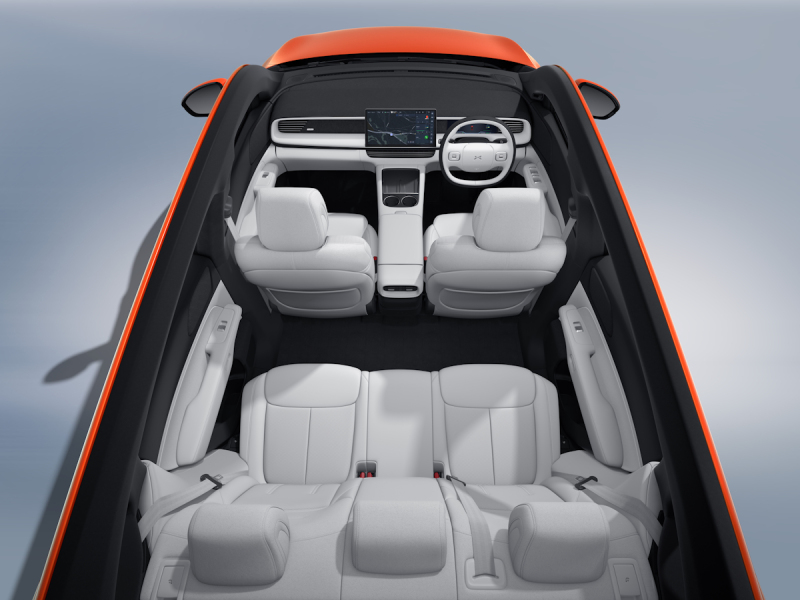
Both Sealion 7 and G6 have a sense of high-end in their interiors, surpassing that of higher-priced vehicles like Toyota FORTUNER. The reasons lie not only in the screens inside the vehicle, which are more in number and larger in size, but also in the perfectly fit interior trims, reminiscent of German automative brands.
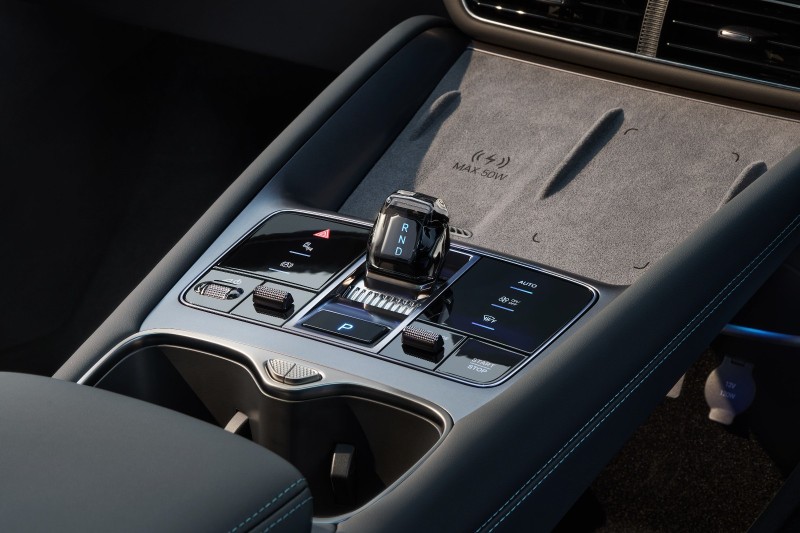
When it comes to audio, Sealion 7 and G6 both feature more speakers compared to Toyota FORTUNER, which only has six speakers. Sealion 7 boasts 12 DYNAUDIO speakers, while Xpeng G6 has 18 speakers!
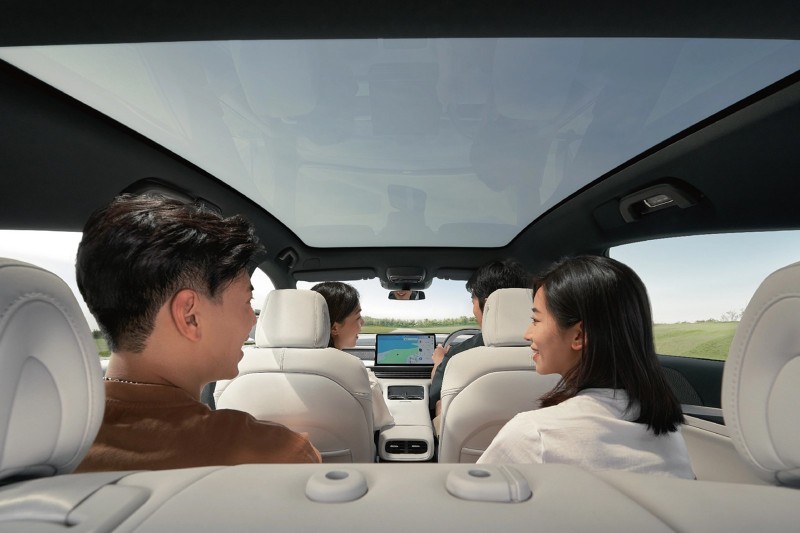
In terms of power performance, both Sealion 7 and G6 are edging closer to luxury vehicle standards, even surpassing them.
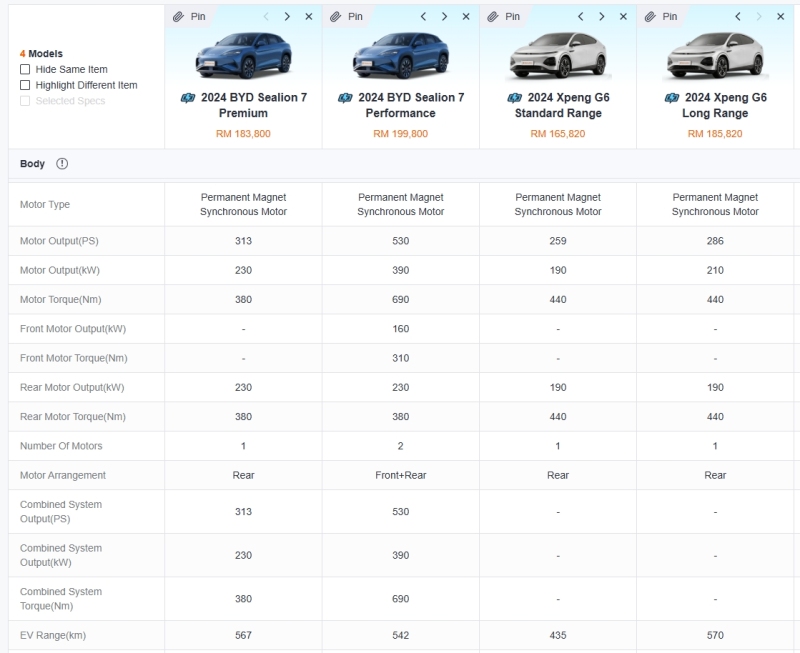
BYD has equipped Sealion 7 with ample power: the the rear-wheel-drive version accelerates from 0 to 100 km/h in 6.7 seconds, while the all-wheel-drive version achieves it in 4.5 seconds. However, the Sealion 7 uses 245/45 R20 tires, while G6 is 255/45 R20 tires. Perhaps Sealion 7 opted for smaller tires for the sake of longer range.
Currently, G6 is offered only in rear-wheel-drive configurations, with the Standard Range version accelerating from 0 to 100 km/h in 6.6 seconds and the Long Range version in 6.2 seconds.
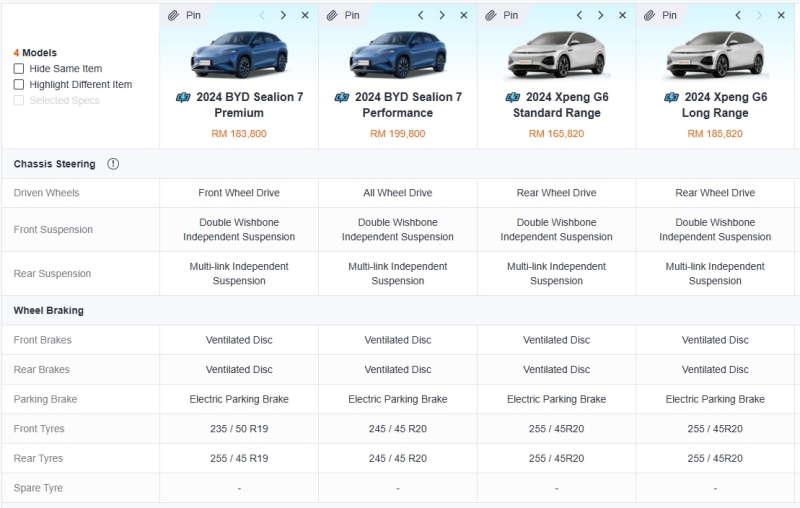
To be compatible with such rapid acceleration, Sealion 7 and Xpeng G6 have put a lot of efforts into the chassis. They both adopt the same design of front double-wishbone and rear multi-link independent suspension.
Honestly speaking, after test-driving Sealion 7, I found G6 has a better chassis. In my personal opinion, BYD, as a traditional car manufacturer, could have done better in this aspect. The driving experience of G6 is more akin to German cars, excelling in body roll control when cornering and braking, and its steering response aligns well with my expectations.

But honestly, this is merely my personal feeling. I highly recommend that you experience it in person, and you may find different answers.
Regarding intelligent driving, it is the expertise of G6. Radar is not equipped in both the two models, but G6 has superior environmental detection capabilities, accurately identifying surrounding vehicles like trains, hatchbacks, and motorcycles.
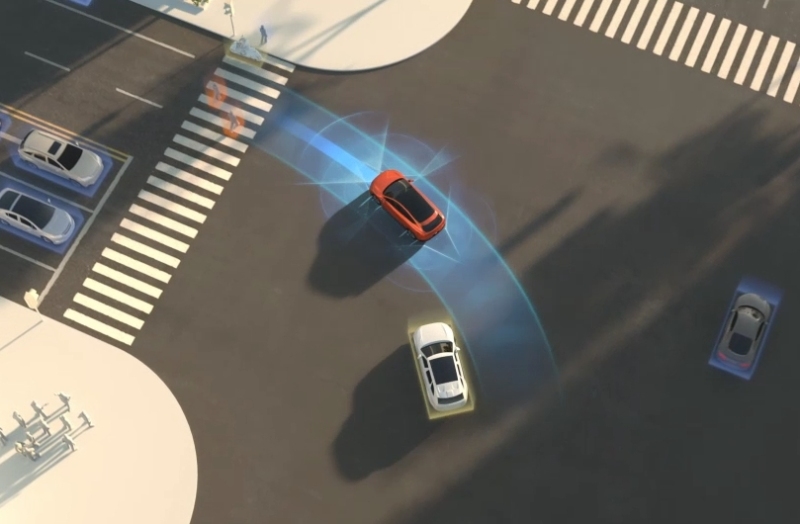
In terms of intelligent driving performance, Xpeng G6 feels closer to real human driving. Its Lane Centering Control (LCC) operates very smoothly and doesn’t suddenly turn the steering wheel only when it touches the edge of the lane.
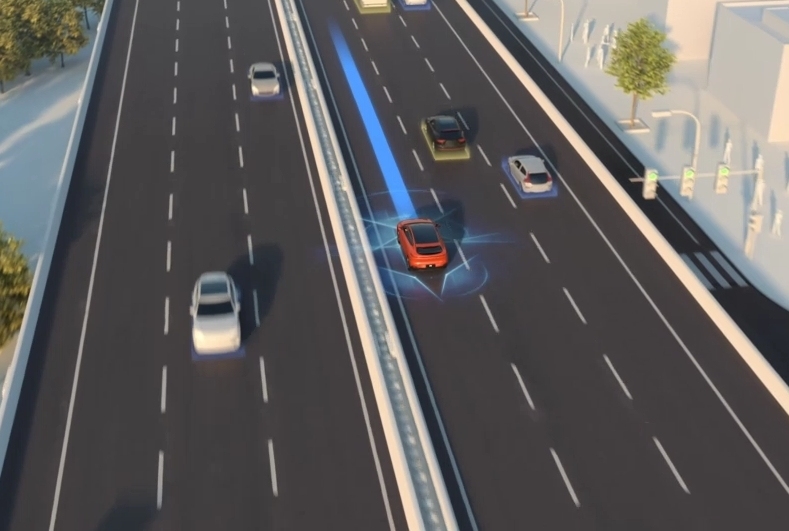
When using the LCC, if you signal your turn, G6 will assist you in changing lanes. Besides, G6's Blind Spot Detection (BSD) will monitor the vehicles behind you, ensuring a safe lane change.

It is G6's powerful surroundings detection function that enables it to recognize parking spaces, determine whether they are occupied, and identify nearby obstacles like pillars.
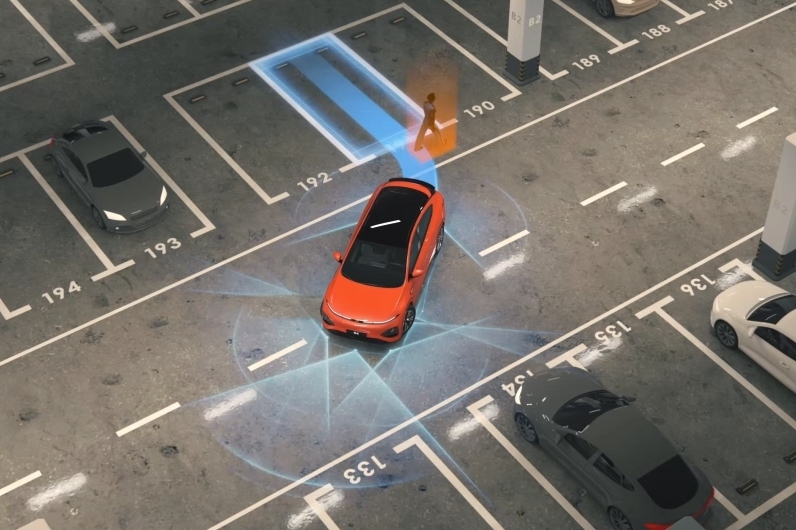
Sealion 7 also has the similar function. However, in actual driving, I was more impressed by Xpeng G6.
Concerning charging, both Sealion 7 and G6 are designed based on an 800V electrical architecture. Sealion 7 has a maximum charging power of 240kW, while G6 can reach a maximum charging power of 215kW, with the Long Range version capable of hitting 289kW. Both models are officially advertised to increase the charge from 10% to 80% in about 20 minutes.
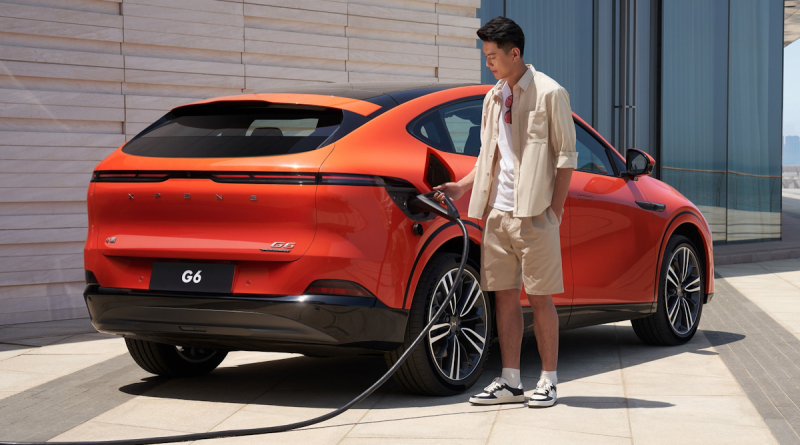
Although there are some differences in the advertised charging times and powers, based on my personal experience, they are actually quite similar. Becase charging speed is influenced not only by the maximum charging power supported by the vehicle itself but also by local power supply conditions.

One of the most obvious difference between fuel cars and electric vehicles is the noise, which makes me feel more comfortable in EVs. In the fuel car market, this often requires a much higher price, whereas Sealion 7 and G6 are priced under 200,000 Malaysian Ringgit.
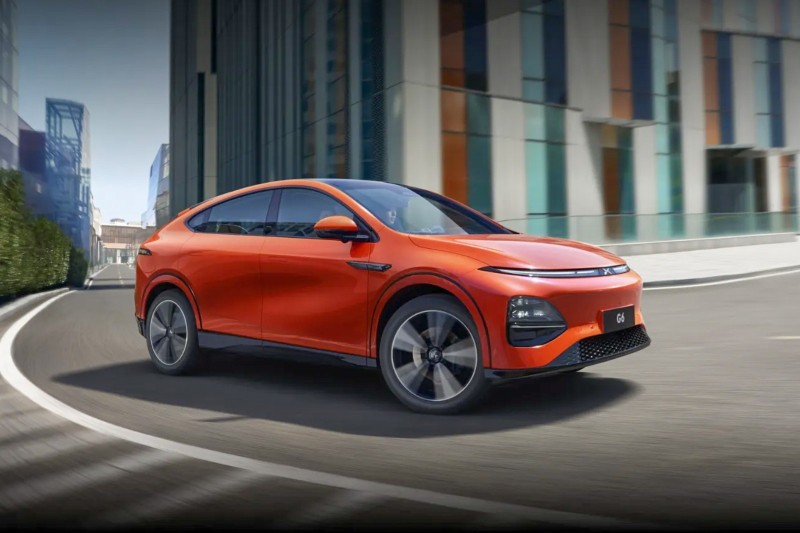
The Sealion 7 usually has a slight edge in the claimed range. Its battery management system seems quite mature in dealing with high - temperature environments. The power estimation is relatively more linear, which reduces the users' range anxiety.
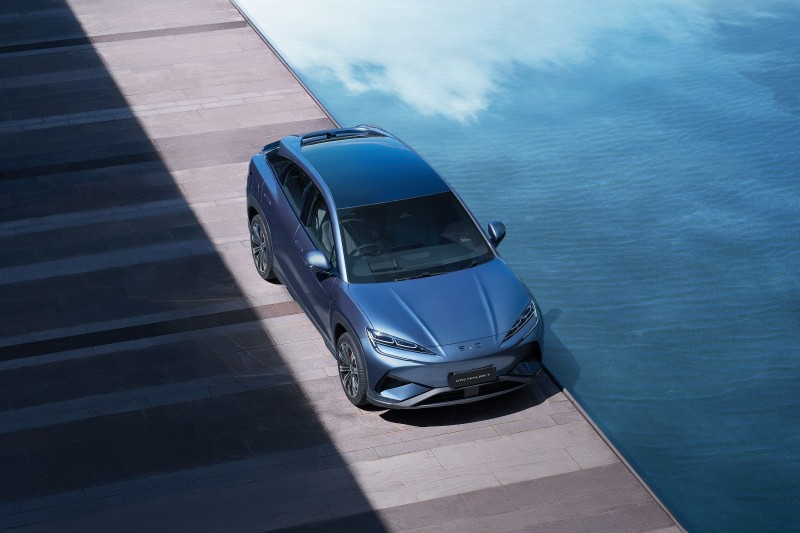
The range display of the G6 leans more towards dynamic calculation, and sometimes the changes can be a bit frequent. However, its overall range ability can fully meet the needs of daily commuting and even inter-city travel.

When it comes to the convenience of daily use, charging infrastructure and after-sales service networks are critical factors that potential buyers must consider. As an early entrant into the Southeast Asian market, BYD has been actively expanding its dedicated sales and service centers at a relatively fast pace.
This means that Sealion 7 owners may find it easier to locate professional maintenance points and get support for original parts in the future.
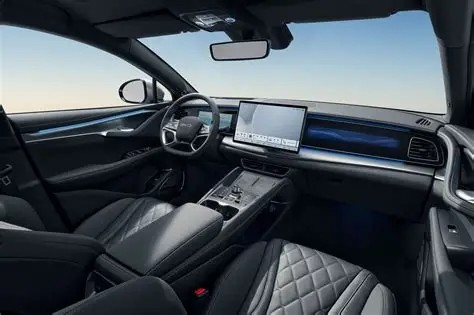
In contrast, as an emerging brand, Xpeng's construction of a physical service network in Southeast Asia is still in its infancy. Currently, it mainly relies on partners or experience centers in specific cities, and its coverage is relatively limited. For users outside major urban areas, this may mean longer waiting times or longer distances for repairs.
However, Xpeng also offers innovative remote diagnosis and some on-site service options to try to make up for the shortage of the physical network.
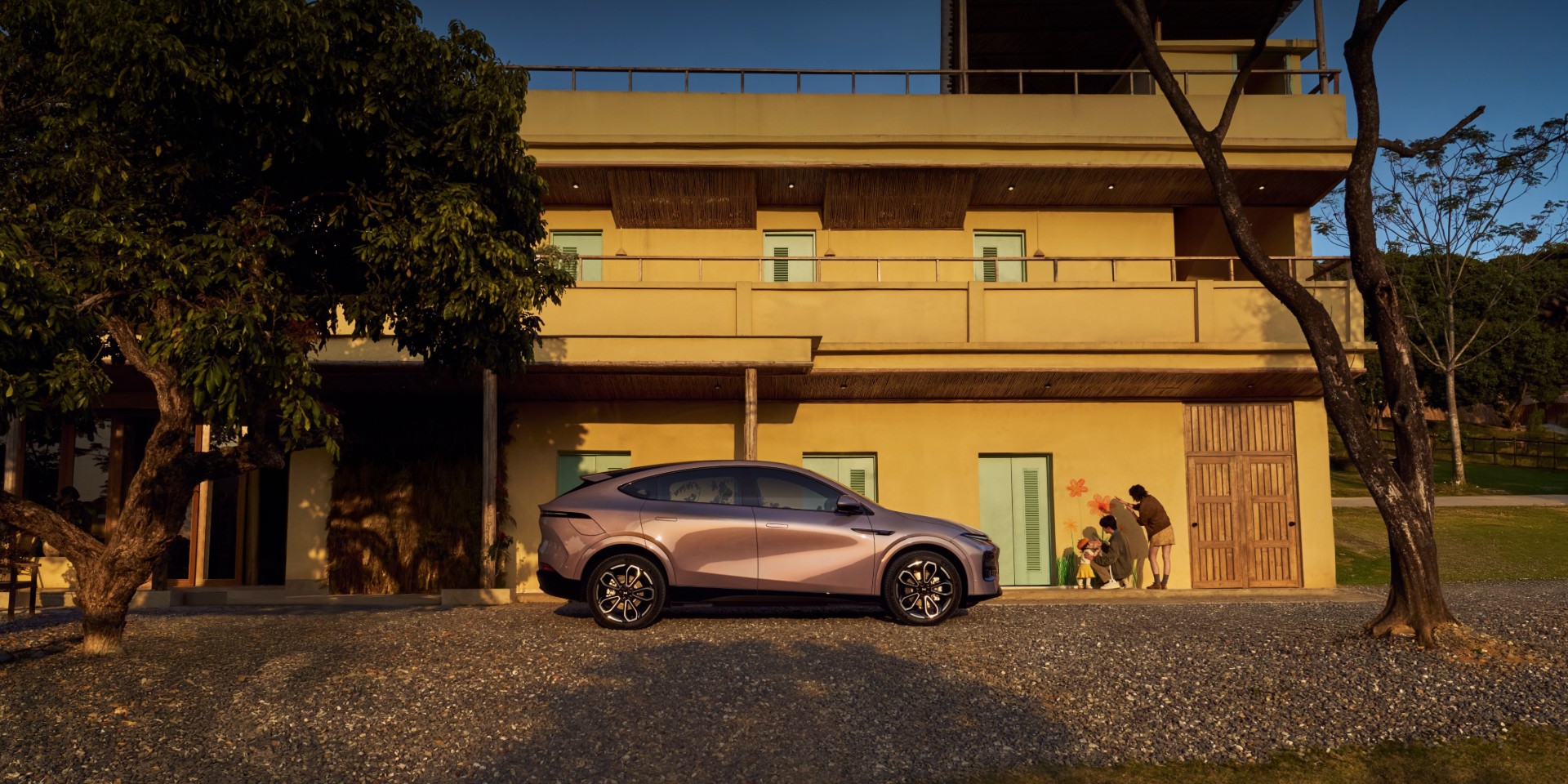
In terms of vehicle space practicality and seating comfort, both cars have shown a level that surpasses that of fuel-powered vehicles in the same class. The Sealion 7 generally has larger body dimensions, which is directly reflected in the rear-seat legroom and trunk volume, making it more attractive to family users or consumers with high cargo-carrying needs. Its seat cushions are relatively soft, providing good comfort for long-distance rides.

Although the G6 may be slightly inferior in absolute space data, its cockpit design focuses more on creating a sense of spaciousness, thanks to the panoramic sunroof (with variable translucency function) and simple interior lines.
The front seats of the G6 have better wrapping and support, and the ventilation function is especially useful in hot weather. The rear floors of both cars are completely flat, ensuring the comfort of the middle passenger.
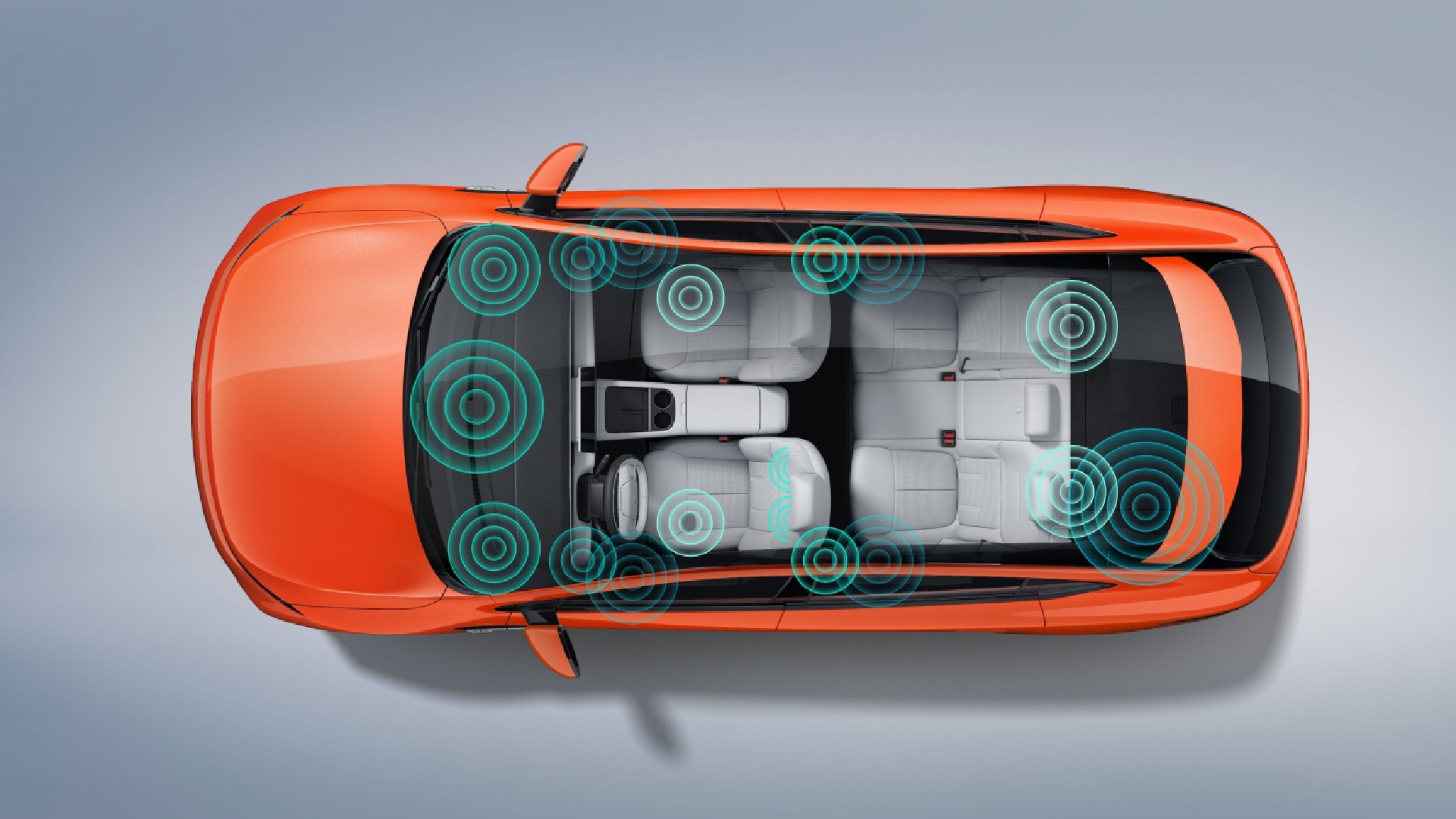
One of the most striking feelings when driving these two electric vehicles is the swift and smooth power response. Whether it's the powerful four-wheel-drive acceleration of the Sealion 7 or the smooth and linear output of the rear-wheel-drive version of the G6, they make traditional fuel-powered vehicles, especially the Toyota RAV4 or Honda CR-V in the same price range, seem sluggish.
The instantaneous torque output characteristic of the electric motor makes starting and overtaking on city roads extremely easy. More importantly, this abundant power comes with extremely low noise levels.
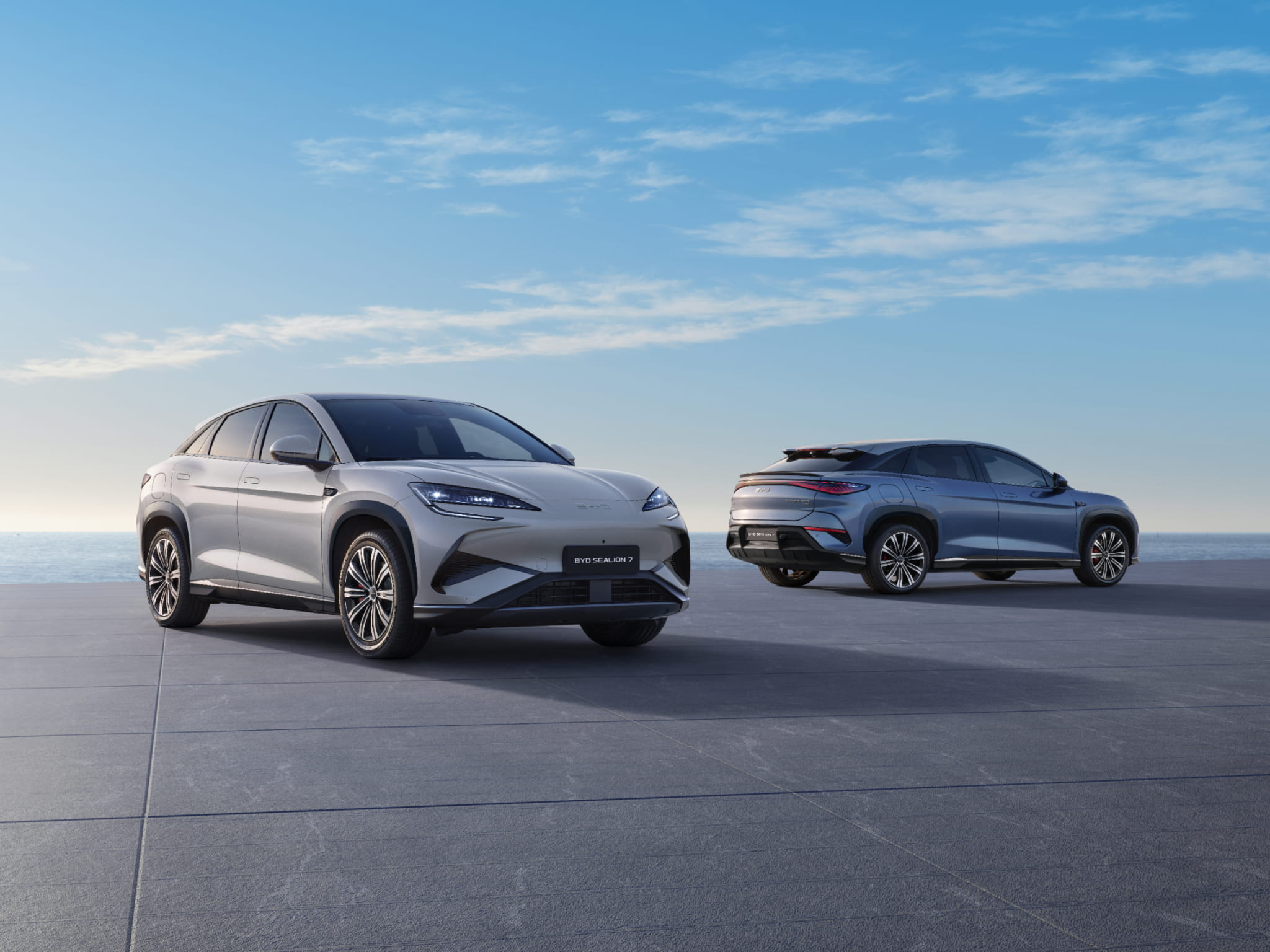
Without the roar and vibration of the engine, the cabin quietness is greatly improved. Even during high - speed cruising, the main sources of noise become wind noise and road noise. This high-end sense of quietness often comes at a high price in the traditional fuel-powered vehicle field.
Finally, back to the original question: Which car is more fun? It largely depends on how you define "fun".
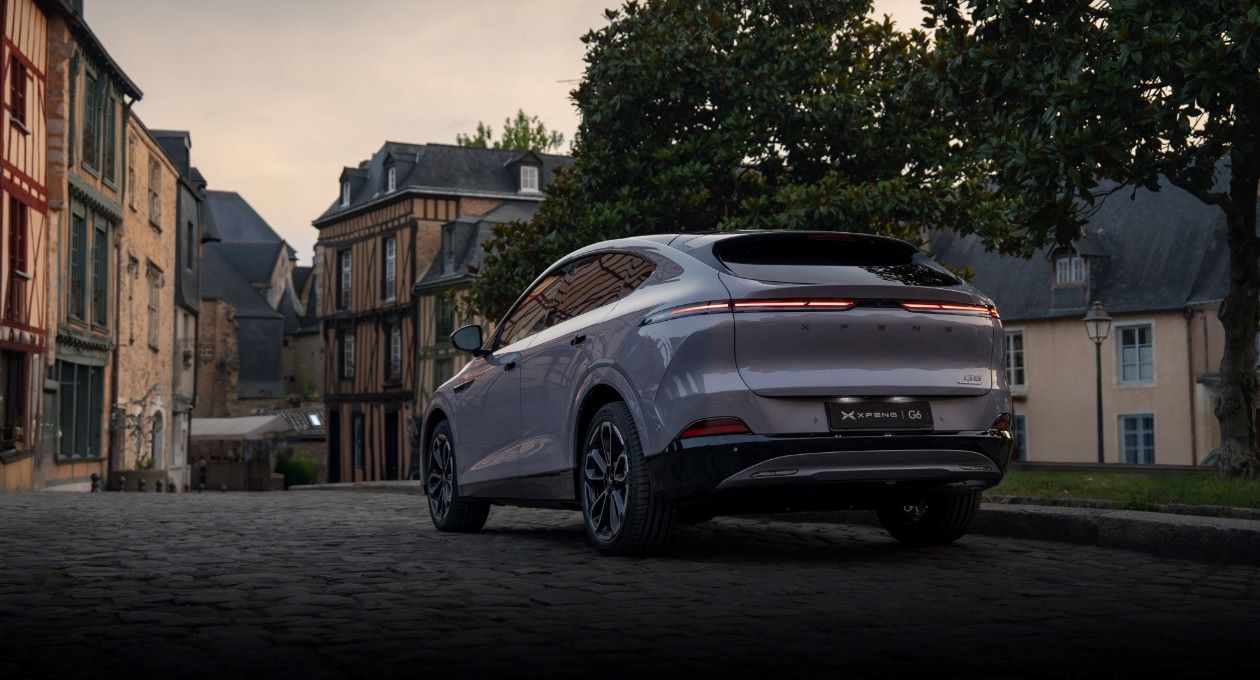
If you're after a cutting - edge technological experience, a novel design language, and intelligent driving assistance features, then the Xpeng G6 is undoubtedly the more "fun" choice. It's like a technological product full of exploratory spirit, constantly bringing freshness and topics. Its driving feel is also more in line with the compactness and precision of European cars.

But if you value maturity, reliability, spaciousness, practicality, cost-effectiveness, and relatively easy-to-access after-sales service, then the BYD Sealion 7 offers a more "pragmatic" kind of fun. It's more like a reliable partner that seamlessly integrates the advantages of electrification into traditional driving habits, allowing you to enjoy the convenience of electric travel without having to change your existing driving style too much.
Both cars represent different directions in the development of electric vehicles and offer high-quality options for Southeast Asian consumers that surpass fuel - powered vehicles in the same price range. The best way is still to go to the showroom in person, sit in the driver's seat, and feel their unique charms, and the answer will naturally emerge in your mind.
If any infringement occurs, please contact us for deletion
Trending News

BYD Sealion 7 is not only cheaper than Tesla Model Y, what other differences do they have?
Is it better to buy the BYD Sealion 7 or the Tesla Model Y? This really makes one a bit hesitant, but before you make a decision, I recommend you take a good look at this article.

2026 Toyota Hilux Travo released, the brand-new exterior and interior are highly anticipated
If you're considering buying a Hilux, honestly, the comprehensive innovations in the ninth generation are worth waiting for. While the current model might still have some advantages in terms of reliability and price, the new model offers significant changes in terms of exterior and interior luxury, tech features, and powertrain options.

Toyota Land Cruiser FJ did not disappoint, the most anticipated civilian off-road vehicle is back.
Since its birth in 1951 under the name Toyota BJ, the Land Cruiser series has accumulated sales of approximately 12.15 million units in over 190 countries and regions worldwide, becoming a global off-road icon spanning more than 70 years.

In Malaysia, which sliding door MPVs are available?
The numerous advantages of sliding door MPVs make many people fond of this type of vehicle. However, MPVs are not a mainstream choice in the car market, so many people might not know which MPVs are available domestically.

Jaecoo J7 VS Honda CR-V, which is the most worthwhile C-Segment SUV to buy
With an exterior that closely resembles a Land Rover, Jaecoo J7's sales experienced several months of rapid growth but have recently slowed down. Perhaps the market is nearing saturation, as Jaecoo J7 has already surpassed the once-dominant Honda CR-V in the C-Segment SUV category.
Popular Cars
Model Year
Car Compare
Car Photo

